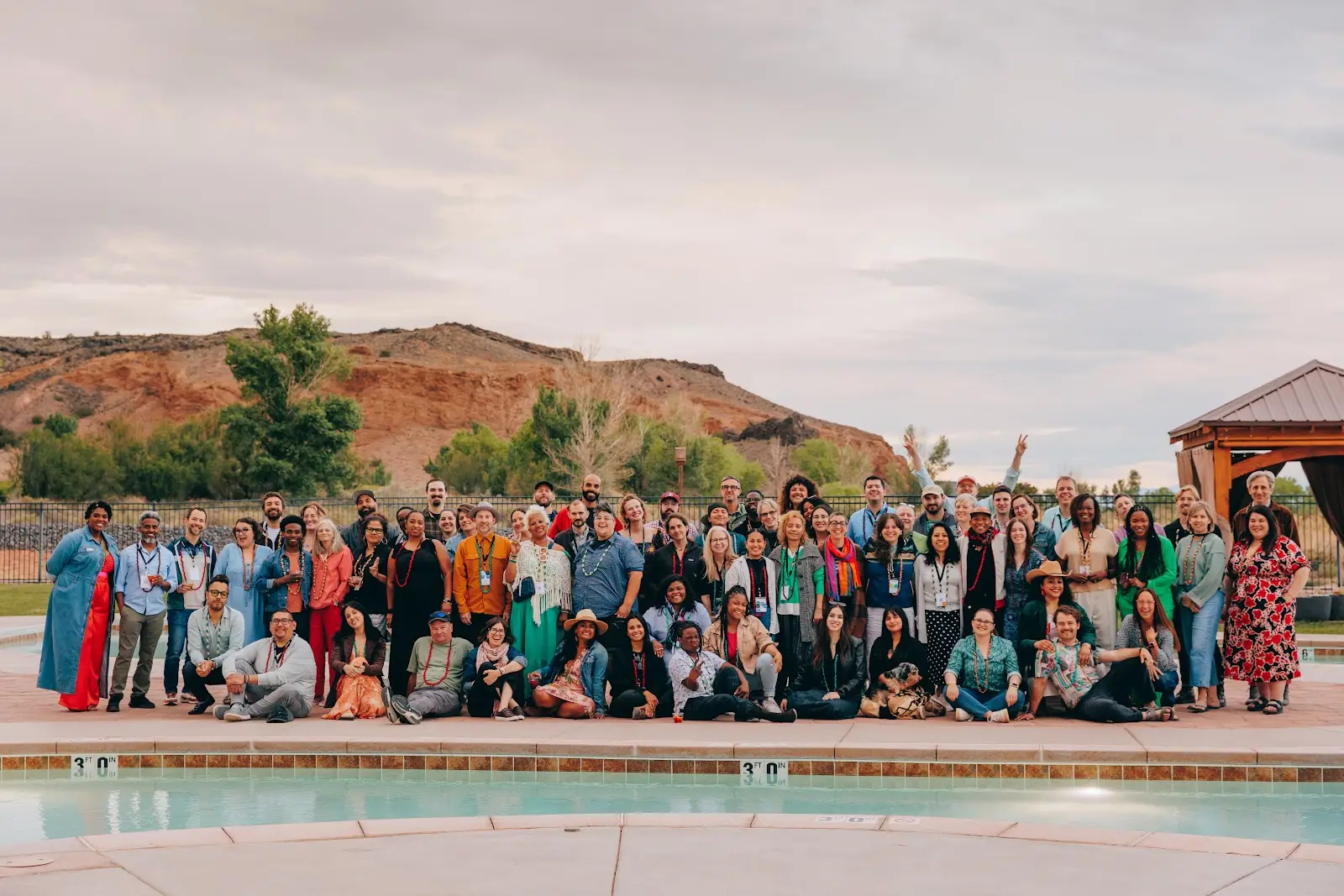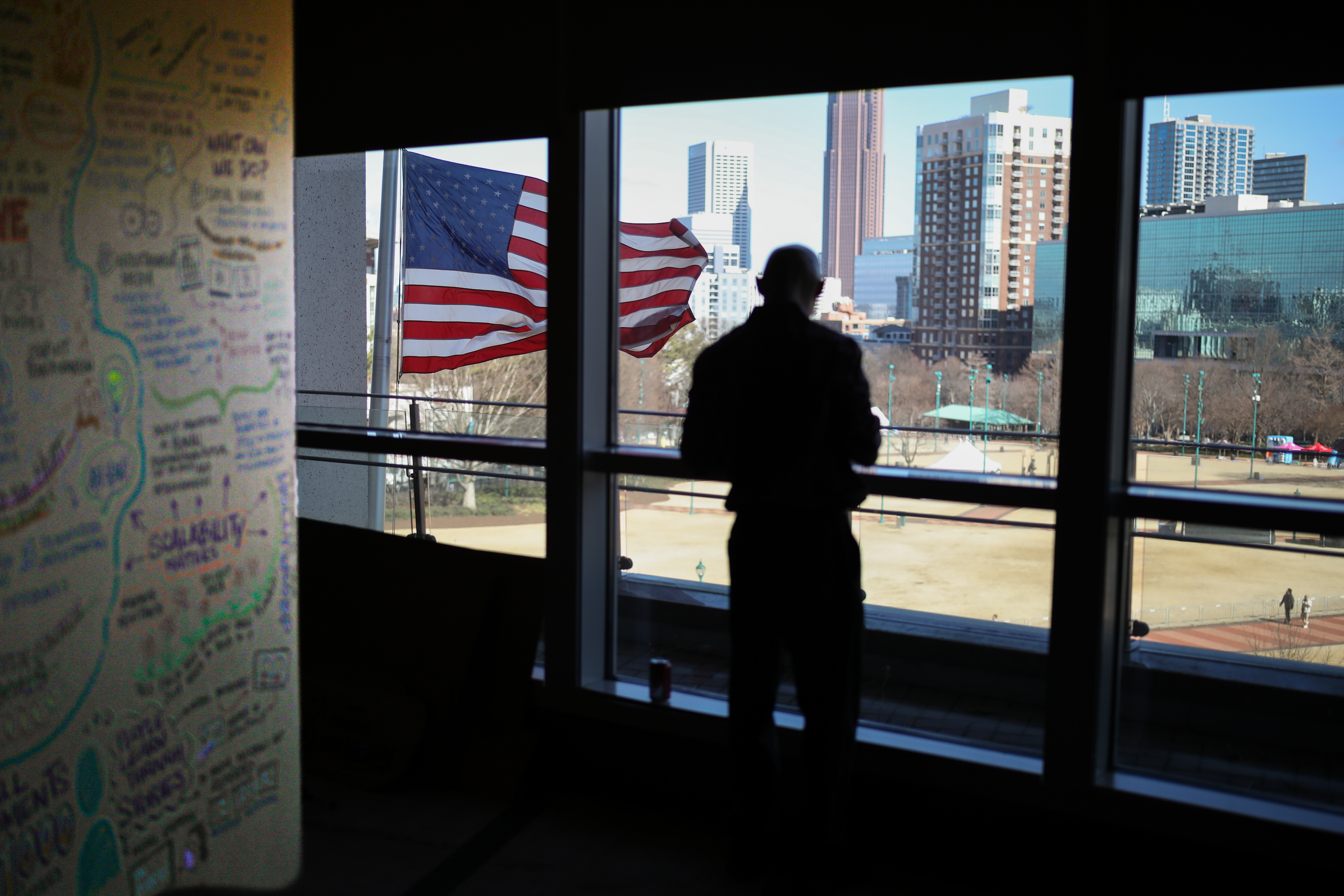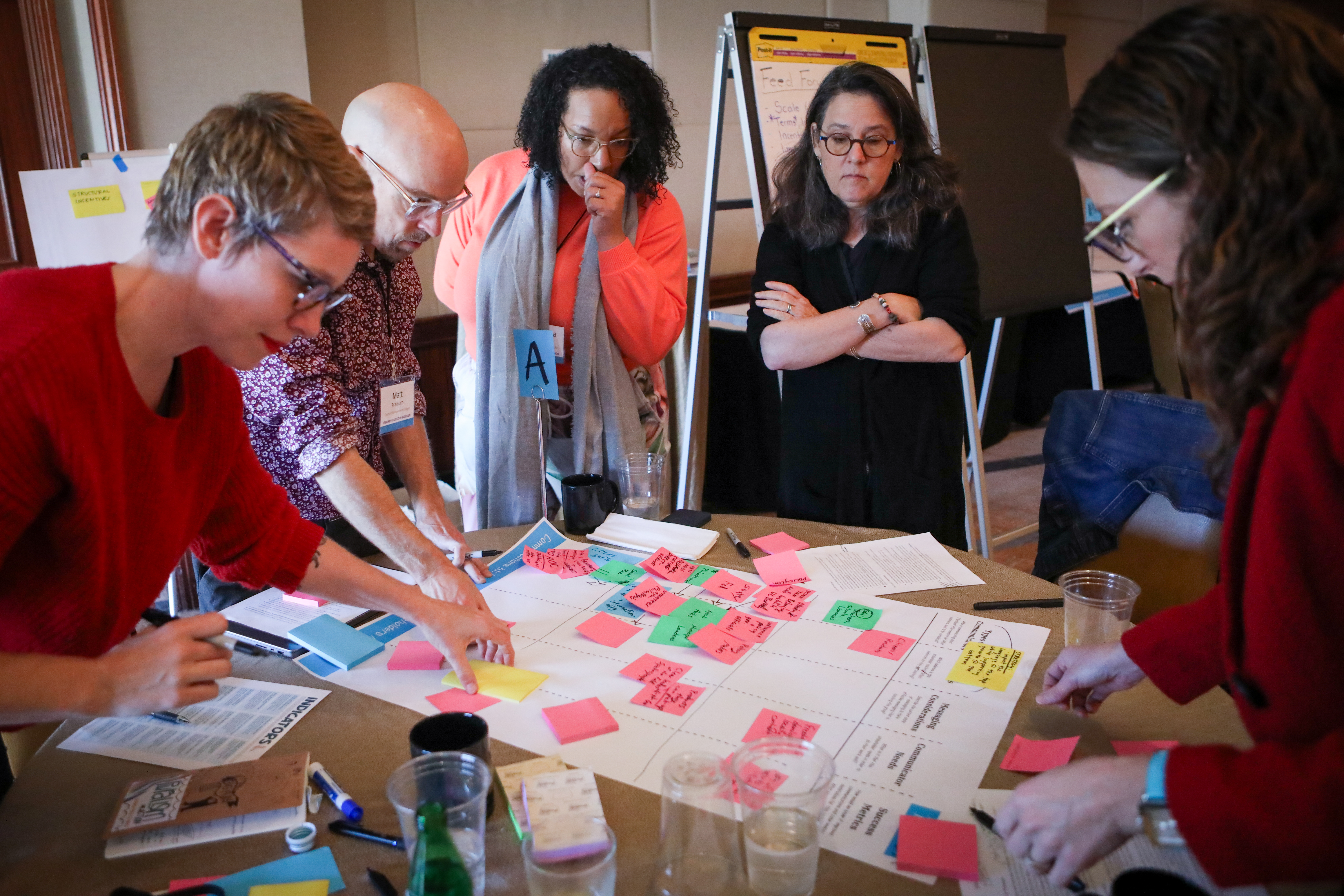Healing Starts Here: What We Learned from Local Leaders on the Frontlines of Pluralism
July 22, 2025

What does it take to cultivate trust, belonging, and cooperation in a time of profound division? At New Pluralists, we’ve learned that some of the most promising answers come from the ground up.
In 2022, we invested $10 million in Healing Starts Here, an initiative that supported 32 locally led, place-based projects that are showing us what pluralism looks like in action — in neighborhoods, towns, and counties across the country. Like many places in America, these communities were grappling with deep disagreements about how to live a good life, how to create room for our neighbors (no matter what traditions they practice, how they live, or how much they have), and how to keep our families and each other safe in a world that feels increasingly unfamiliar and uncertain.
Leaders in these communities weren’t waiting for solutions. They were already building relationships, solving shared problems, and showing what it means to come together — in ways that are rooted in their local contexts, talents, and traditions.
Today, we're sharing a report on the impact of Healing Starts Here over two years (2023-2024), as externally evaluated by ORS Impact. This qualitative evaluation is a window into what pluralism makes possible and what it demands of funders, institutions, and communities alike.
Four Takeaways
1. Pluralism is practical.
From public safety to affordable housing, education to community planning, grantees made progress on real, local issues that were deeply and widely felt. People are eager to work together across differences to improve their lives and communities, even if it means moving through conflict. A pluralistic process can be slow and noisy — but it produces solutions that are more representative, legitimate, and effective.
2. Relationships fuel larger change.
People come to the table because they want to change something in their lives or communities — but they stay because they come to like their neighbors. Relational work is systems change work. Grantees created space for people to share stories, feast together and celebrate local traditions, mourn and commemorate, and build lasting relationships across lines of class, race, religion, and politics. These ties laid the foundation for meaningful results: new policies, broader civic participation, and more unity in the face of violence or exclusion.
3. No single playbook — weaving practices gets better results.
There’s no single recipe for building trust and belonging. The most effective projects combined practices — like bridging, relational organizing, and shared decision-making — rather than relying on just one. Projects that stacked or wove together multiple approaches not only saw stronger outcomes but also broader participation. As research and our own experience show, pluralistic processes, where people negotiate shared goals, build meaningful relationships, and set new norms together, consistently deliver better results than win-lose strategies.
4. This work takes time and flexible support.
Building trust and repairing relationships. Acknowledging each other’s hopes, griefs, and life experiences. Negotiating goals and shaping a common future. This work is deep, nonlinear, and long-term. It honors people in all of their eccentricities, inconsistencies, and contradictions. It takes patience and flexibility, especially among funders, and creative ways to understand what’s working, as traditional measurement tools often miss what makes this work powerful. Our team carries this insight forward as we set out to strengthen the effectiveness and rigor of pluralism practices, and we’re eager to partner with others to better reveal how pluralism improves belonging, trust, and cooperation.
As division deepens, the stakes for this work are growing — but so are the solution sets. We hope this report supports practitioners, funders, and civic leaders who are bridging divides and transforming the conditions that keep us apart.


